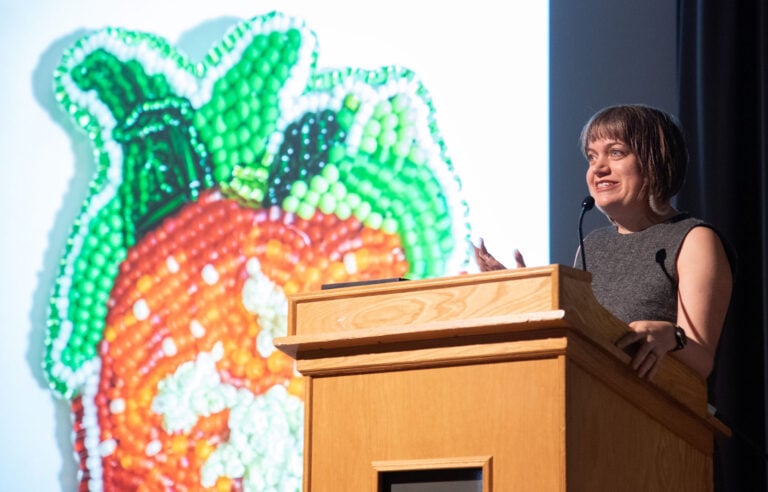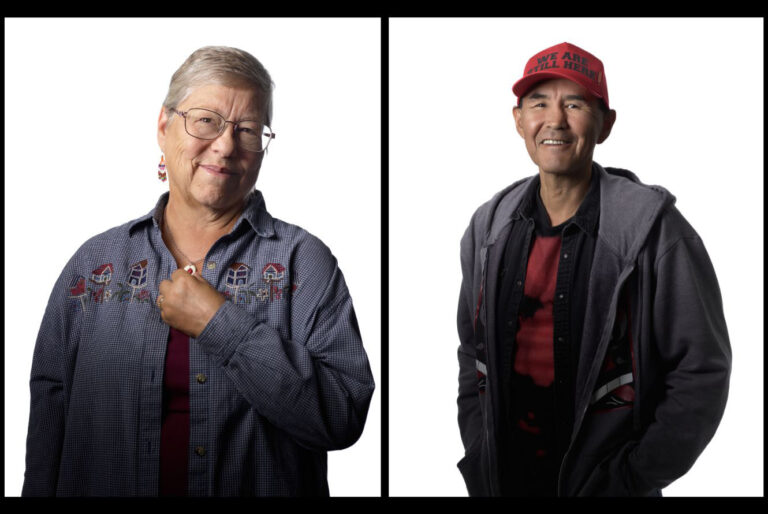“It’s cool to do these smaller communities, where you see the older kids are walking into the show and holding a little kid,” says VanRassel. “That happened in Teslin. Like an older brother, or just taking care of a family member, or another kid.”
In some ways, he says, smaller shows like the one in Haines Junction (where the audience included roughly 45 kids from kindergarten to grade seven) are harder than the groups of 200 to 500 Rain City might entertain in B.C. You have to work harder to get them into it, he says. A bigger group builds energy more easily.
For the first few minutes of the Haines Junction show, it looks like it might be a tough crowd. Kids keep chatting to each other, oblivious to the beginning of the performance. When VanRassel asks if anyone knows what improv is, one kid yells out “fractions!” Five minutes later though, the whole gymnasium is invested in the six skits VanRassel and Carson run through, taking suggestions from their audience on the fly and letting the kids write the details into the outlines of the scenarios they work with.
In one skit, physical education teacher, Mr. Rooney, is called up to act as the arms to VanRassel’s body while VanRassel tells a story informed by audience suggestions. In another skit, a student performs the sound effects for a story built around more audience suggestions.
For another, two student volunteers are the puppeteers of VanRassel and Carson’s movements. Both volunteers start out hesitantly, lightly tapping the actors’ legs to get them to take steps across the front of the gym. By the mid-point of the skit though, both volunteers are army-crawling across the gym floor on their bellies, frantically pushing the feet of VanRassel and Carson through a chase scene in the skit.
As a finale, Rain City asks a student to come up and share the story of their worst injury, then acts it out based on that information, with ongoing guidance that the student can only offer via blasts of a horn.






















































